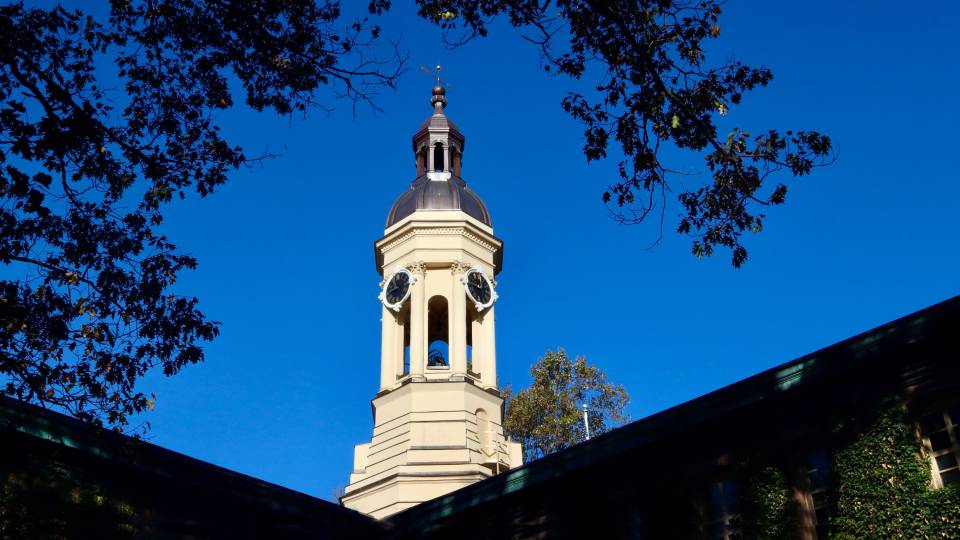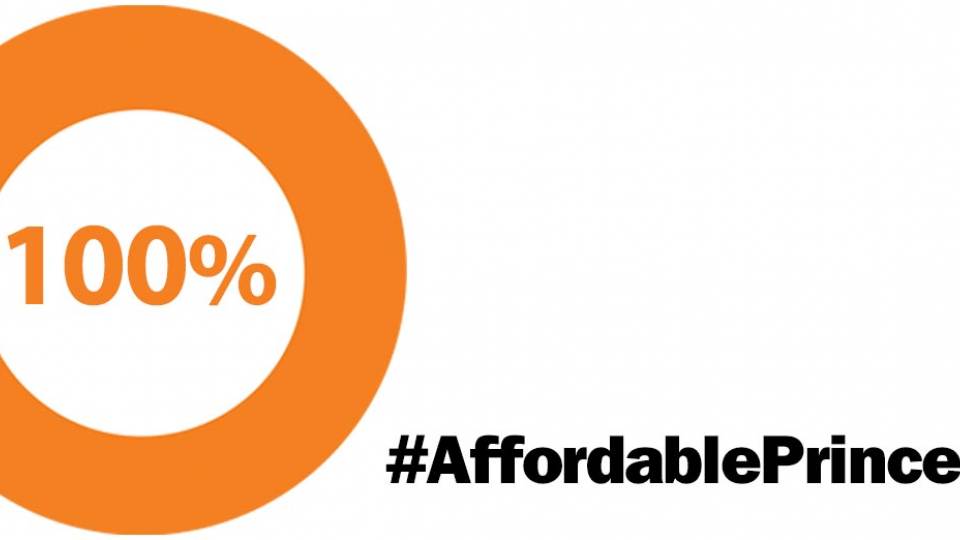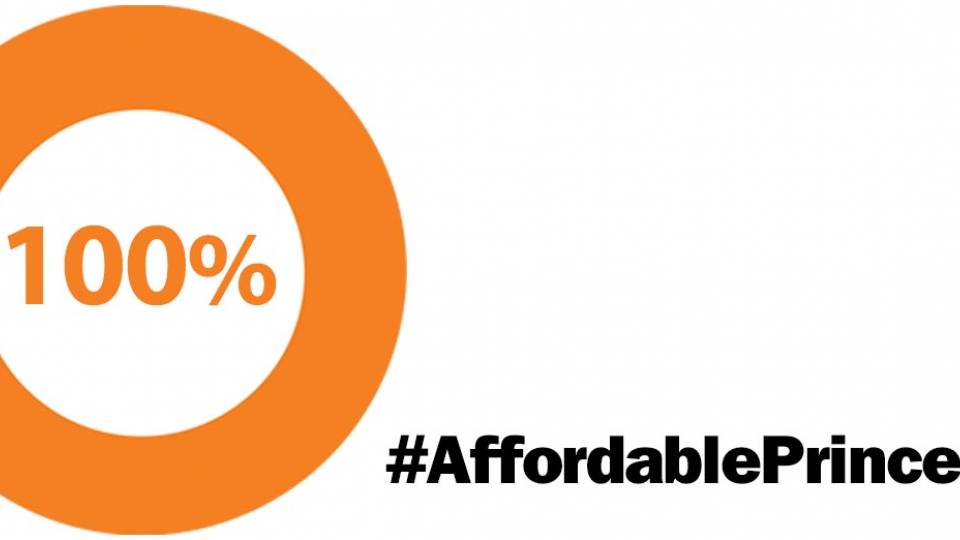Princeton is more affordable to students from a wider range of economic backgrounds than at any other time in its history, according to Robin Moscato, the University's director of financial aid.
In a new video, Moscato answers questions about the University's financial aid program posed by seniors Philip Grace and Devon Ahearn and sophomore Katie Rodriguez. In recent years, a number of other colleges and universities have emulated Princeton's landmark policy of reducing what families are expected to pay and replacing loans with grants that need not be repaid.

View the video of Robin Moscato discussing Princeton's groundbreaking financial aid program.
"In 2001, we eliminated student loans from the financial aid packages for all students, making it possible to graduate from Princeton debt-free," Moscato says.
"While students from lower-income families might expect to receive grants that cover the full tuition, room and board cost," she adds, "what might be less well known is that middle-income students also receive very generous financial aid grants [see sidebar at right] that reduce the cost of attendance, and even upper-middle-income families often qualify for partial grants that help pay Princeton's cost."
Moscato explains how Princeton's admission policy is "need-blind" -- that applying for financial aid in no way disadvantages an applicant during the admission process. She also describes how financial aid staff members individually review each family's circumstances in order to make a fair determination of the amount each can reasonably afford.
"Many families find that Princeton is more affordable than even a state college or community college in their own hometown," says Moscato, noting that the average grant of $33,450 for a member of the class of 2012 covers more than 95 percent of Princeton's tuition of $34,290.
Families can find out how much aid they might be qualified to receive by using the quick and confidential Princeton Financial Aid Estimator.
Moscato says University administrators are committed to the financial aid program as a way of expanding the economic diversity of Princeton's student body. In the class of 2001, the last class to enter before the aid improvements, 38 percent of the students were on financial aid with an average grant of $15,000. Students from low-income backgrounds made up 8 percent of the class.
"Today, more than 55 percent of each entering class receives financial aid," Moscato says. "More than double the number of low-income students enroll with each class compared to a decade ago, and middle-income students are represented in ever-increasing numbers in our student body. We feel it's very important to provide both a level playing field and equality of opportunity to students of all income levels when it comes to obtaining a Princeton education."
Moscato says Princeton's commitment is ongoing, and that administrators each year look at the financial aid policies to ensure they are keeping pace with the changing needs of students and families. For example, in recent years, the University has excluded home value and most retirement funds when calculating a family's ability to contribute and has increased grants to help students pay for dining options and study abroad programs.
"The most important message is that students shouldn't be deterred from looking at Princeton because of sticker price, because you may be missing out on the most affordable college option that you'll have," Moscato says.
For more information, watch the video, which was produced by the Office of Communications, or visit the financial aid website.




